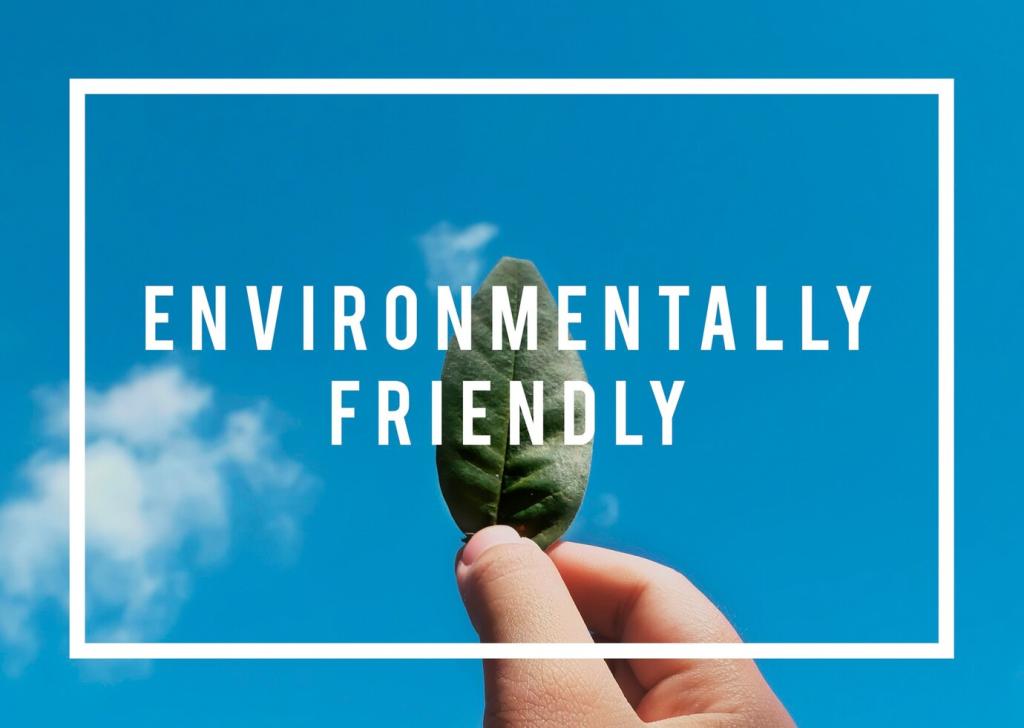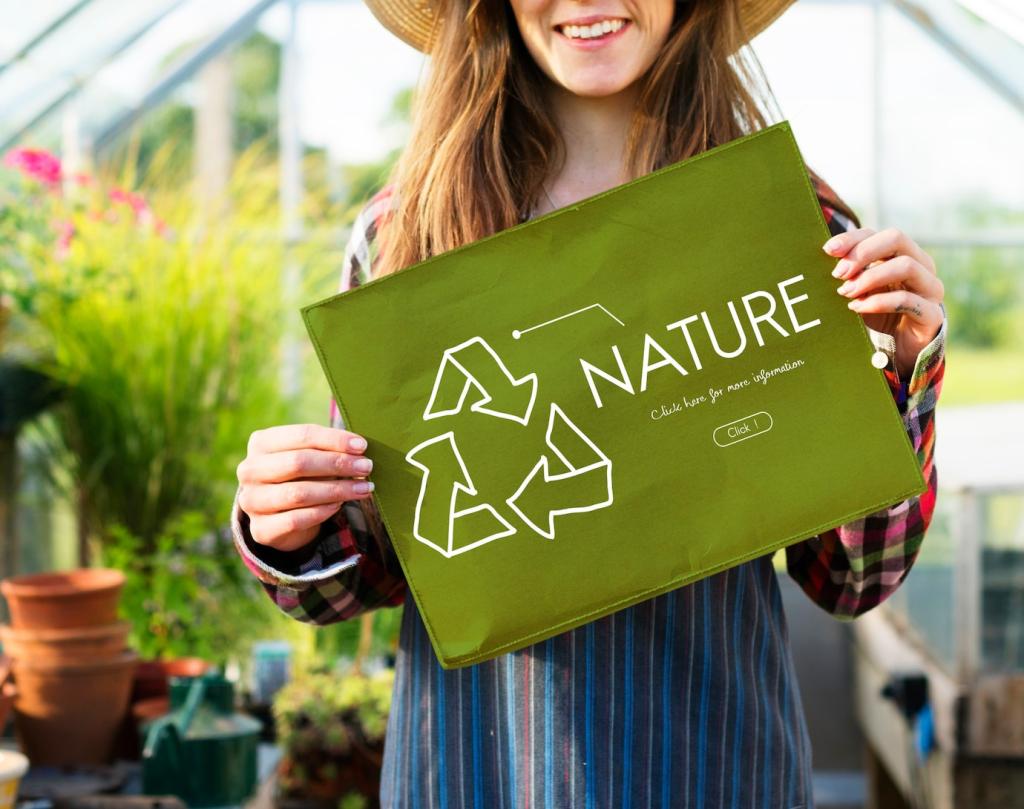Retrofit Roadmap: Saving Water in Existing Buildings
Start with a walk-through, utility data review, and targeted metering. Prioritize high-impact fixes: aerators, dual-flush kits, and irrigation tuning. Share your best low-cost win, and we’ll compile a community-sourced checklist for quick action.
Retrofit Roadmap: Saving Water in Existing Buildings
Cooling towers, boilers, and commercial kitchens hide massive savings through controls, blowdown optimization, and heat recovery. One hotel cut water use dramatically by improving cycles of concentration. What back-of-house upgrade paid off fastest for your team?










